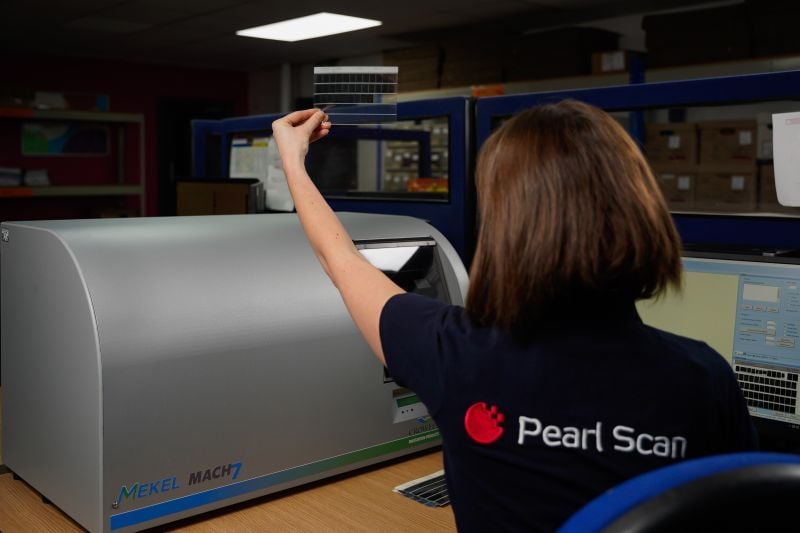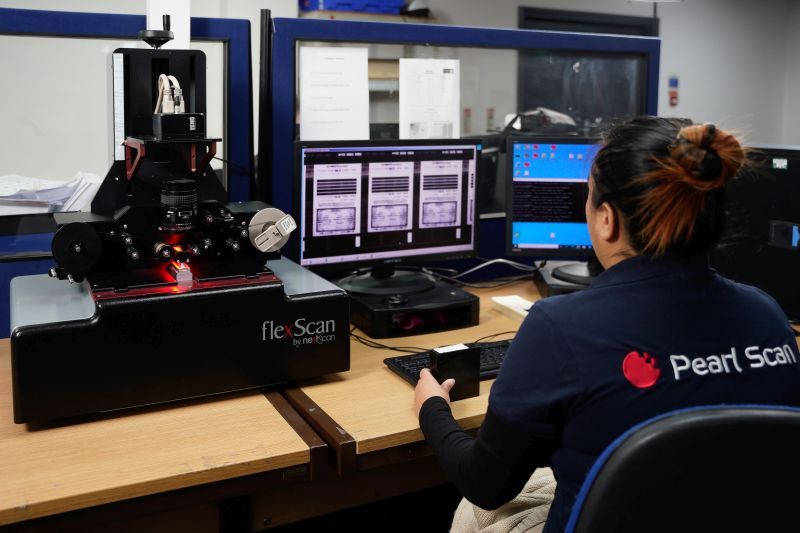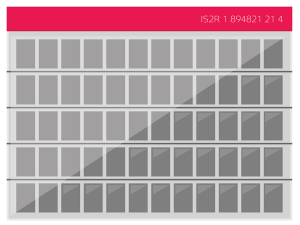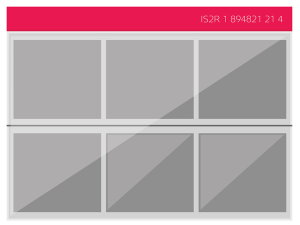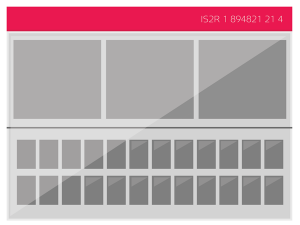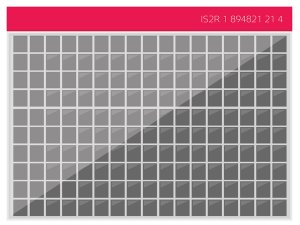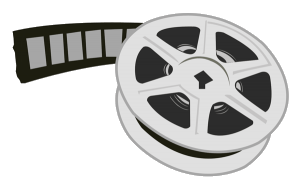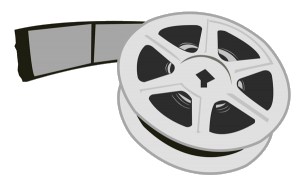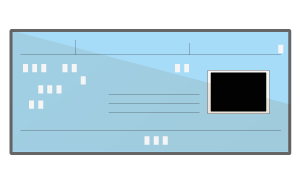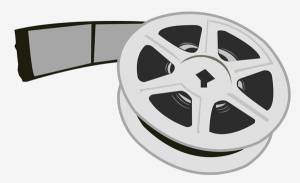Microfilm Scanning Services
Our Microfilm scanning service offers high quality conversion to digital formats. Capable of scanning a variety of microfilm types, we meet diverse digital transformation needs.
Utilising our specialist microfilm scanners, we produce high-resolution images from microfilm reels. Subsequently, these images are digitised using optical character recognition (OCR) software, which extracts and identifies text from the images. The resulting digital versions can be saved as Text Searchable PDFs, TIFFs, JPEGs, and other formats. Our services are suitable for various microfilm formats such as:
- 16mm Microfilm (commonly for A4 documents)
- 35mm Microfilm (for larger items like drawings, plans, and newspaper archives)./li>
